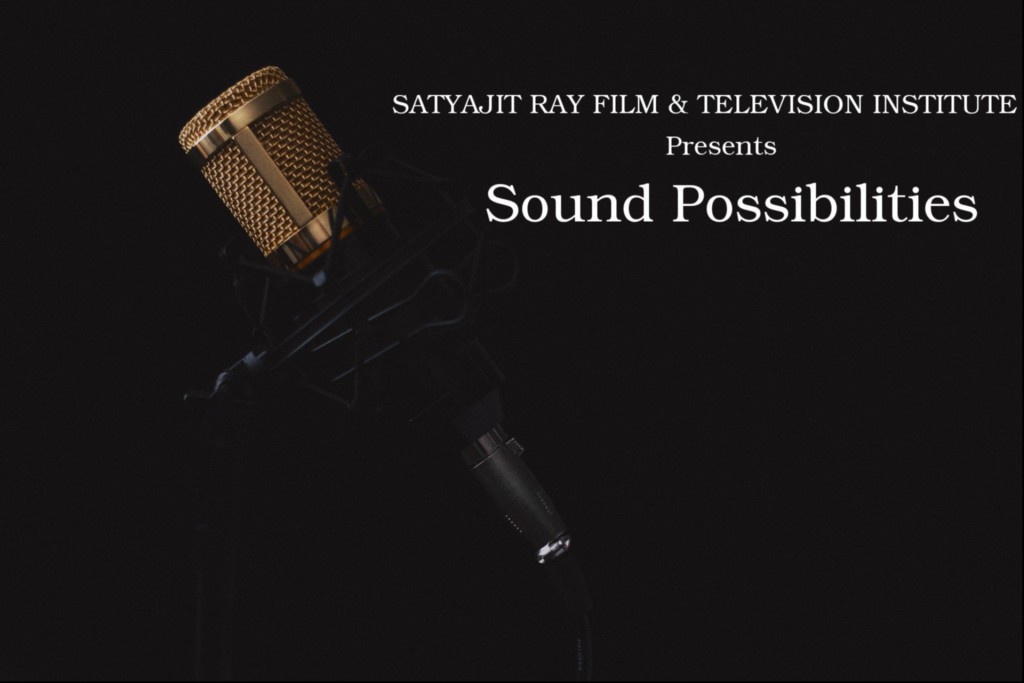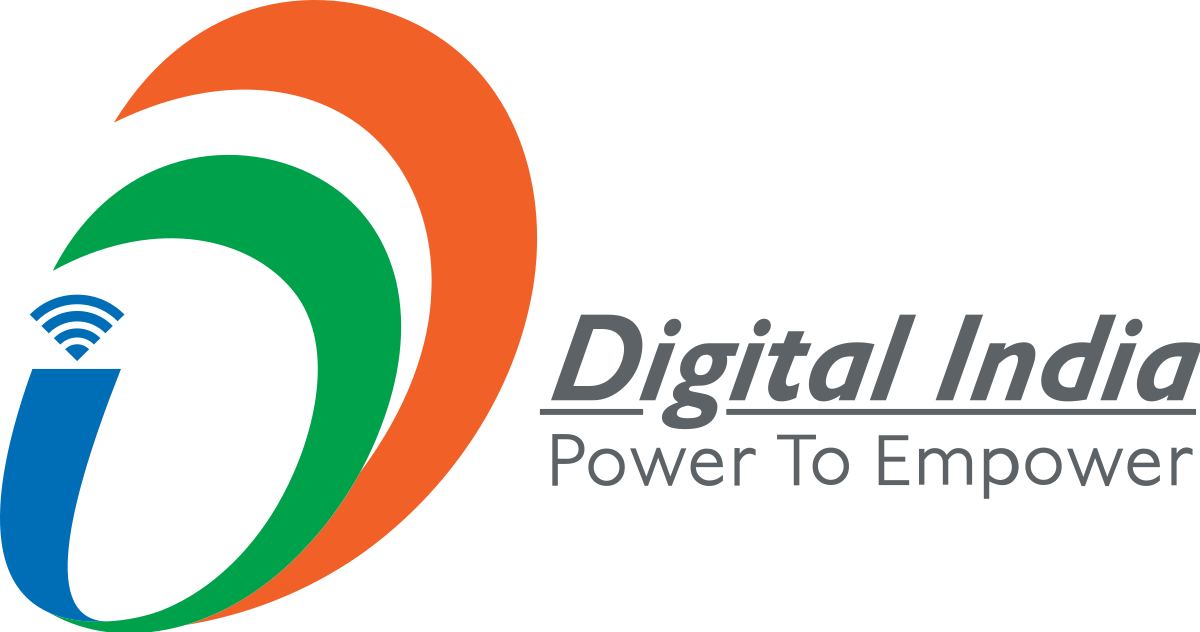Name of the course:
Sound possibilities
(An Online Short program on Application of Sound in Film & Television)
Total duration:
12 hours in six days (each topic of 2 hrs will be covered in English, Hindi and Bengali separately).
10am-12noon English
3pm-5pm Hindi
7pm-9pm Bengali
Eligibility:
Graduation from a recognised university.
Fees:
Nil.
Number of seats:
In each medium 20 (Total 60)
(Selection on the basis of evaluation of statement of purpose)
Date of commencement:
20th July 2020
Last date of application:
18/07/2020
Award:
e-Certificate of participation in online mode.
Curriculum:
1. Sound Design for Film, TV and Digital Media-Aesthetics, Psychology and Technology
(2 hours)
Content:
(a) What is the purpose of Sound in Cinema and how it impacts the Psychology of the Audience (1 hour)
(b) Role of Sound in Cinema/TV (script to screen) and the technology behind
recording sound for these formats (1 hour)
Expected learning outcome: Participants would understand that Cinema Sound is to be thought in the scripting stage and it has to be recorded meticulously paying attention to the psychology of the target audience.
2. Studio and Location Recording:
Content:
(a) Studio Recording: How is a Sound studio different from a room in a residential space? Equipment in a Sound Studio (1 hour)
(b) Location Recording: Basics of Signal to noise ratio and how effectively
can it be achieved on location? Equipment/gear involved in Location
recording (1 Hour)
Expected learning outcome: Participants would understand that music and Automatic Dialogue Replacement requires a Sound Studio and each track is recorded meticulously to create a final sound in layers. They will also understand how to record effectively the usable sounds in a real life situation.
3. Set up of a Home studio:
Content:
(a) Microphone, Speaker, Mixing console, Room Acoustics. (1 hour)
(b) Sound in a room: Basic acoustics i.e. vibration, wave, frequency and
amplitude.(1 hour)
Expected learning outcome: Participants would understand Sound cannot be recorded everywhere and replayed everywhere. Converting a drawing room into a space for recording sound needs some planning.
4. Sound mixing – Film, TV and OTT
Content:
(a) Demonstration of Song mixing (2 Hours)
(b) Demonstration of Film mixing (2 Hours)
Expected learning outcome: Participants would understand the concept of
tracks and how layers of sound make the final Audio.
5. Immersive audio, the Digital Era – Film, TV and OTT (Includes home entertainment)(2 hours)
Content:
History of sound from monophonic to surround sound
Meaning of immersive/ 3D sound
Expected learning outcome: Participants would understand how sound creates the sense of immersion in the listening field.
Each participant has to submit an assignment at the end of the course.
The class routine will be circulated among the selected candidates before the commencement of the course.
Infrastructural requirement to attend the course:
Strong internet connection, Laptops/ Computers/ Smart phone and Head/Ear phones with ‘Google Meet’ software are essential for attending the sessions.
Course Coordinator:
Mr. Sibasankar Das
+91 80175 12015
faculty.srd@gmail.com
Number of selected candidates should be at least five to start the course in a particular medium.







